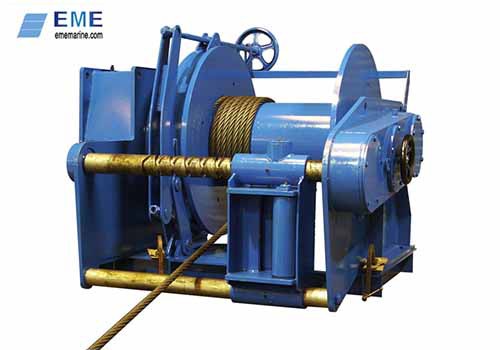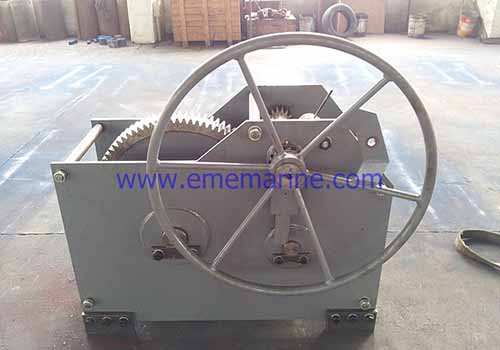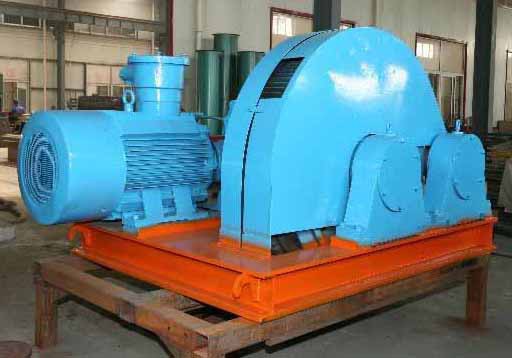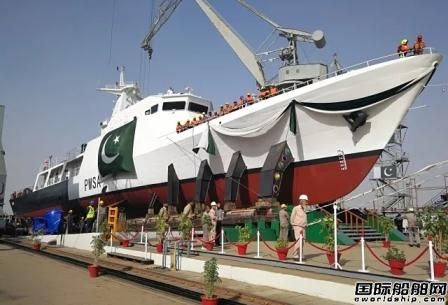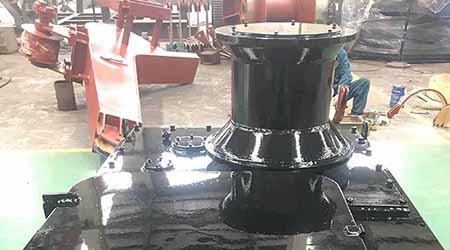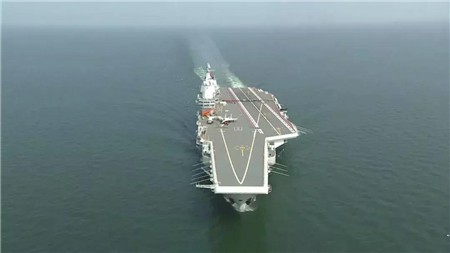
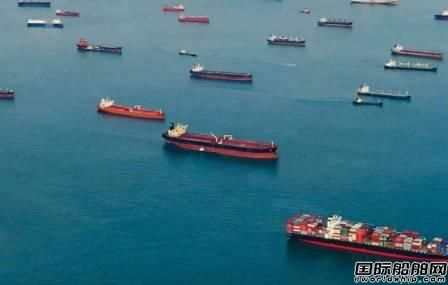
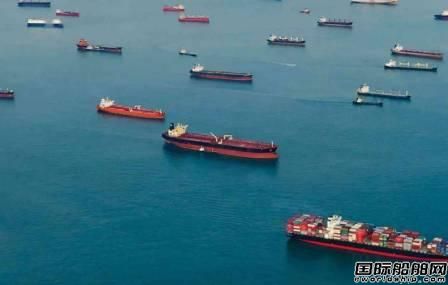
After a seven-year gap, the number of global merchant fleet finally exceeded the 100,000-ship mark, and the growth rate of global fleet capacity is slowing down.
According to the latest Clarkson report, the number of ships in the global fleet (100GT or more) exceeds 100,000 to reach 100,001 by February 2021.
The data shows that it took nearly four years for the global fleet size to grow from 70,000 to 80,000, and another four-plus years to grow from 80,000 to 90,000, but the time taken to grow from 90,000 to 100,000 was more than seven years.
The report notes that 15 years ago, the global fleet just crossed the 70,000-ship mark in February 2006. After three years and eight months, it reached 80,000 ships in September 2010. After another four years and two months, the global fleet reached 90,000 ships in December 2013. The latest increase of 10,000 ships took 7 years and 2 months, mainly due to the significant slowdown in new ship deliveries since the shipbuilding boom peaked in 2010-2011.
In recent years, the trend towards larger ships has become more pronounced. Since February 2006, the global fleet has increased by a total of 29,760 vessels, with the average vessel capacity increasing by 57% during this period and 11,050 vessels of 20,000 dwt and above. At present, the number of tankers, bulk carriers and containerships increased by 3,656, 6,183 and 1,775 respectively compared with 15 years ago, and these three vessel types alone accounted for 90% of the new capacity (dwt) of the global fleet in the past 15 years. The number of vessels owned by Asian shipowners has increased by 19,480, the number of vessels has expanded by 42%, and the total capacity (DWT) has increased by 115%.
According to Clarkson, the global merchant fleet capacity will be 2.127 billion dwt by the end of 2020, 2.065 billion dwt in 2019, 1.983 billion dwt in 2018 and 1.849 billion dwt in 2017. Among the total fleet of 100,001 vessels, the average vessel capacity is 21,355 dwt and the average age of the vessels is 21.7 years; however, in terms of GT, the average age of the vessels is only 10.9 years. Among them, 29% are tankers, bulk carriers (10,000 DWT and above) or container ships, 62% are cargo ships of various forms (passenger ferries, cruise ships, offshore vessels, tugboats, dredgers account for the majority). 23% of the ships have a capacity of 20,000 DWT and above, but 44% are "small ships" with a capacity of less than 2,000 DWT/GT. ".
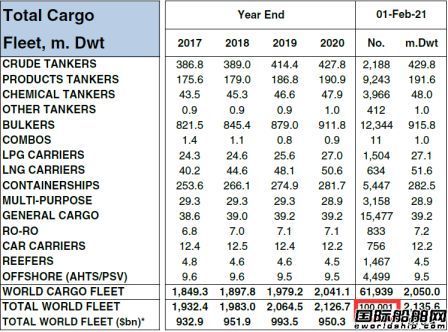
They include: 2188 crude oil tankers, 9243 product tankers, 3966 chemical tankers and 412 other tankers. Dry bulk carriers 12,344, COMBO vessels 11. For gas vessels, 1504 LPG vessels, while 634 LNG vessels. Container ships 5447, multipurpose ships 3158, general cargo ships 15477. Ro-Ro vessels 833, car ro-ro vessels 756, reefer vessels 1467. In addition, the number of many types of offshore vessels reached 4,499.
The total value of the global fleet is estimated at $976 billion, with a total capacity of 2.1 billion dwt and 1.4 billion GT. $950.3 billion in 2020, $993.5 billion in 2019, $951.9 billion in 2018 and $932.9 billion in 2017.
With the shipping industry undergoing a low-carbon fuel transition, 25% of ship capacity by GT is modern, environmentally friendly ships, 20% are fitted with desulfurization units, and 16% are equipped with at least one energy-saving technology (EST). 19% of ships are built by China (28% by GT), 22% by Japan (26% by GT), and 8% by Korea (33% by GT). 46% of the vessels are owned by Asian owners and 30% by European owners, although the proportion of vessels held by European owners in GT terms is as high as 43%.
Looking ahead, Clarkson pointed out that the current global handheld orders are only 3,406, accounting for less than 3.5% of the existing fleet, so the next fleet growth rate may be quite moderate. However, the next few years the ship industry will usher in an unprecedented period of fleet renewal and technological change. There are 557 new ships under construction using alternative fuels in the current handheld orders, accounting for 29% by GT. It is foreseeable that the "fuel transition" will play a key role in the future development of the global fleet.
Taixing Expansion Marine Equipment (EME) is the professional designer, manufacturer and exporter of mooring winch, positioning winch, towing winch, anchor winch, diesel winch, electric windlass, hydraulic windlass, diesel windlass, electric capstan, hydraulic capstan, pneumatic capstan etc. Our products are mainly for scientific research vessel, navy vessel, working barge, tug, cargo vessel, oil tanker, offshore platform etc.
